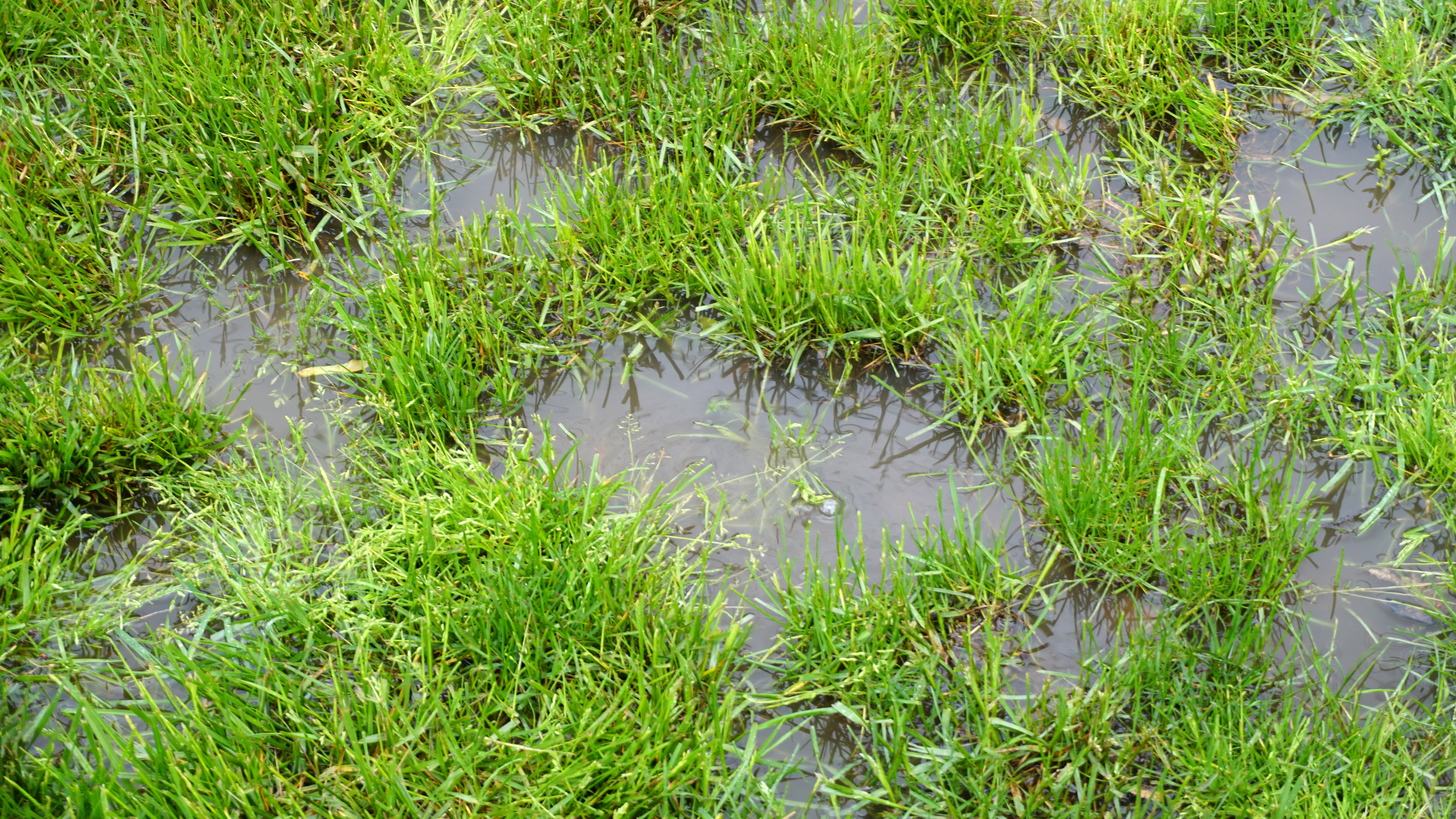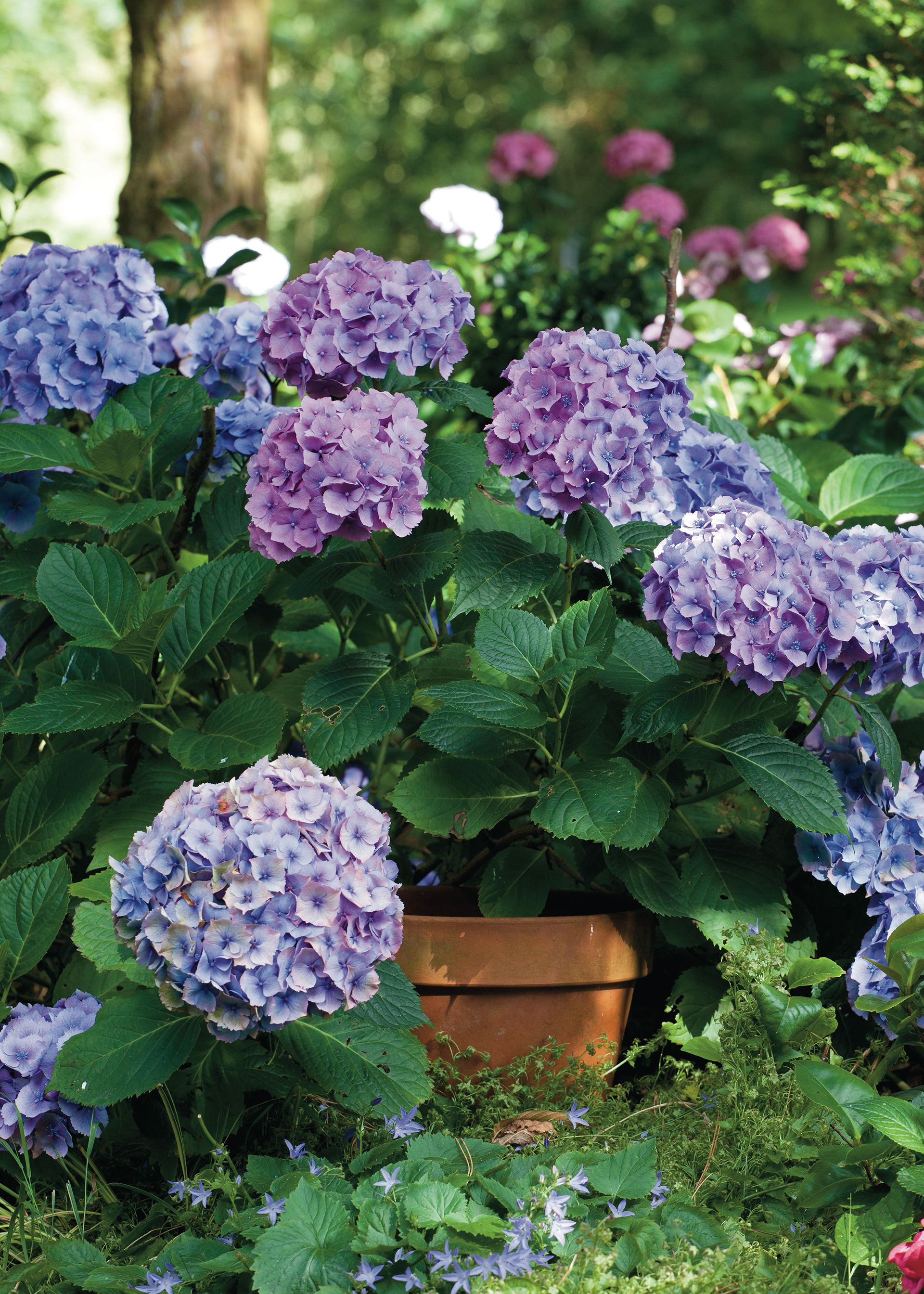Waterlogging: the simple tip that will tell if your garden has drainage issues
Wet winter weather and soggy gardens is a common occurrence, but is your garden waterlogged? Here's how you can tell

Is your garden simply very wet after a heavy rainfall, or is it waterlogged? Some gardens flood on an annual basis (see Monty Don's flooded garden below), and it can be difficult to identify waterlogging at first, but it is crucial if you want to save your plants from damage or even death, and your veg crops from getting destroyed if you are growing your own.
It goes without saying that rain makes our gardens wet and muddy, and sometimes downright soggy. However, if you're seeing puddles that stay a while on top of your lawn, or if your plants are wilting or yellowing, your garden may have become waterlogged. Make finding out how to solve it one of your winter garden jobs, however, and you could soon improve the situation.
A post shared by Monty Don (@themontydon)
A photo posted by on
Essentially, waterlogging drowns your plants – and beneficial microorganisms and animals that live under ground, keeping the soil healthy. If you were to look at garden soil up close under a microscope, you'd see that it has an open structure with pockets of air between the soil. When the soil is waterlogged, no oxygen is getting to it.
Generally speaking, if you see puddles in your garden that aren't absorbing after 48 hours, you likely have a drainage issue – the question is how serious it is and whether it's begun affecting your plants.
Other telltale signs of a waterlogged – as opposed to just very wet – garden is worms coming up onto the surface in large numbers, plant stems turning yellow, and an unpleasant, sour smell coming from the soil. Your lawn will squelch as you try to walk on it, with water coming up as you step on it.

The question is, how do you know what to do next? Depending on what your garden drainage is caused by, the solutions will be quite different. Not all waterlogged gardens require major drainage work. Often it's simply a case of aerating the soil that has become compacted, by mulching and fertilising in spring – our guide to mulching has some top tips
'If your garden soil is waterlogged you should keep off it until it is workable to avoid compacting it and worsening the conditions,' recommends Jeremy Hall, Group Plant Buyer at Squire's. 'You can improve drainage by adding coarse grit or well-rotted garden compost. Alternatively, choose plants that like wet conditions such as hydrangea, bamboo, dogwood, astilbe, rudbeckia and most hardy ferns.' Our guide on how to compost explains how you can create your own homemade compost to add to your soil.
However, if your problem has to do with rising groundwater, or subsoil and top soil having been mixed during the building of your house, you will need professional help.
There is one easy way to find out. Dig a hole about 60 centimetres deep in your garden (not in a spot already filled with water), fill it up with water, and leave for four hours. If when you come back the water hasn't drained, the likelihood is you will need a drainage expert to examine your garden. From clay soils to incorrect drainage construction and even issues caused by neighbouring gardens, there is a range of underlying issues that may need addressing.
Anna writes about interior design and gardening. Her work has appeared in Homes & Gardens, Livingetc, and many other publications. She is an experienced outdoor and indoor gardener and has a passion for growing roses and Japanese maples in her outside space.
